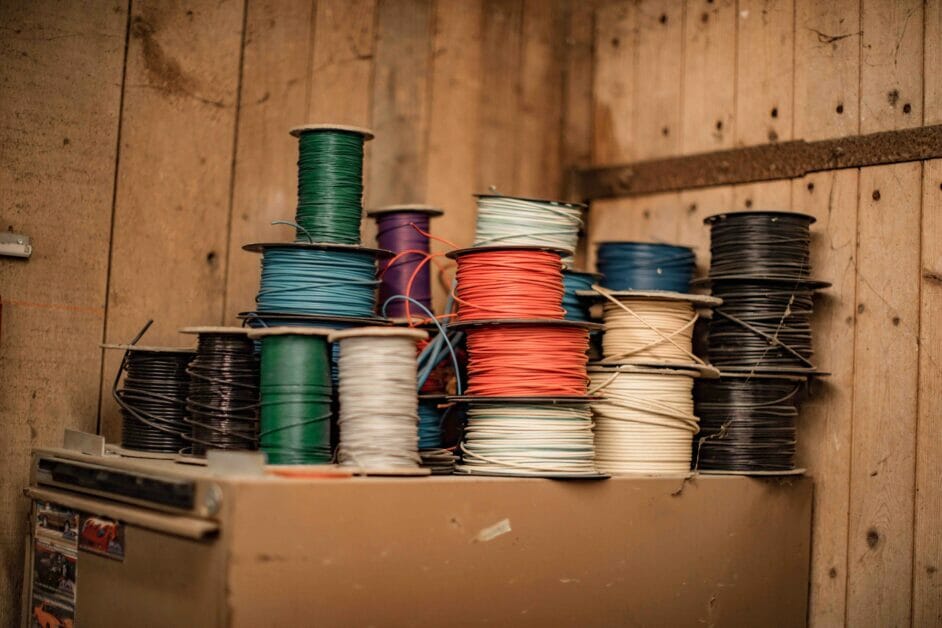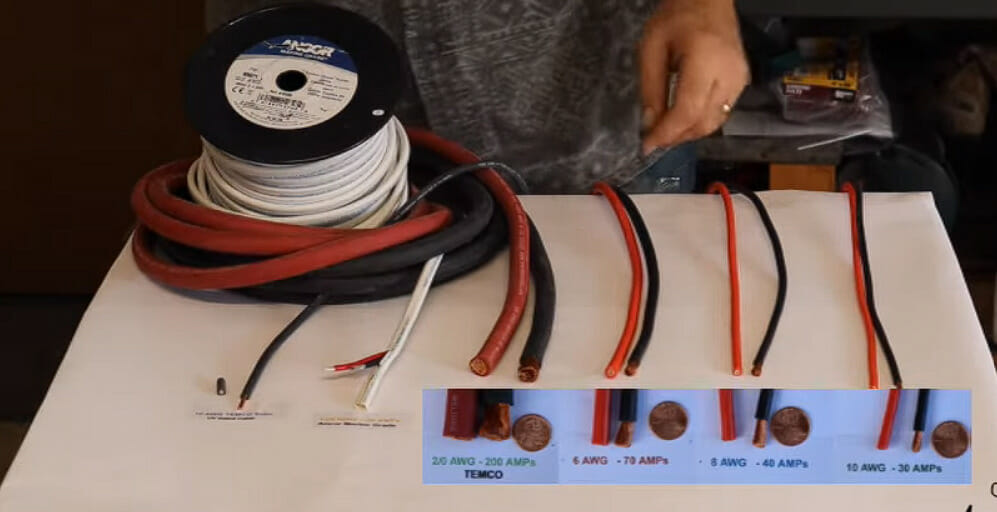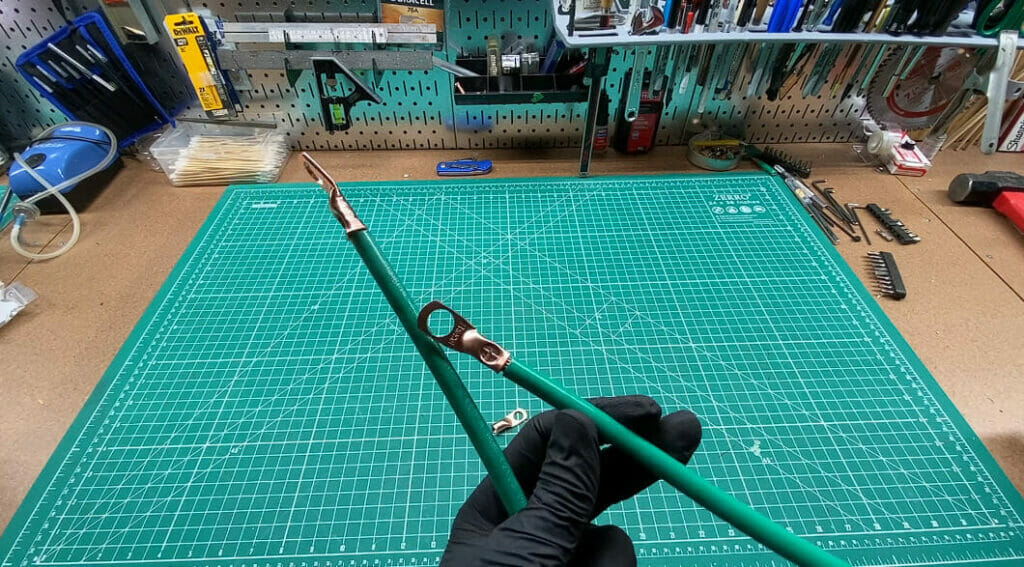What Size Wire for 50 Amps at 50 Feet (Safety, Wire Gauge, Tips)

So, you’re trying to figure out what size wire you need for a 50 amp circuit over a distance of 50 feet? Well, I’ve got your back.
Let me break it down for you. You’ll want to use a 6-gauge wire for this setup. Now that’s based on the National Electrical Code (NEC), which is like the bible for us electrical folks.
Trust me, sticking to these guidelines keeps everything running smoothly and safely. In this article, we’ll dive deep into why that’s the case and get into all the details.
Decoding Wire Gauge Numbers

Alright, let’s get into the nitty-gritty of wire gauges. The first thing you’ll want to know is this: wire gauge numbers are essentially a measure of how thick your wire is.
Here’s where it gets tricky – the larger the gauge number, the thinner the wire. Sounds backward, right? Well, there’s an explanation for that.
Wire gauges work on an inverse scale based on weight. So when we talk about higher gauge numbers like 10 or 20 – those wires are lighter and hence thinner than our hunky 1-gauge.
But why does thickness matter so much? Here’s why:
- Thicker wires can handle more electric current
- Thinner wires heat up quickly with higher currents
- Too thin for too much power = potential fire hazard!
So if you’re looking at running a big ol’ appliance requiring 50 amps over 50 feet, well, buddy, you’ll need some THICK WIRE!
And by thick, I mean something in the ballpark of 6-gauge copper or 4-gauge aluminum wire – but always check with your local codes and regulations before making any decisions.
In short:
- For BIG POWER needs like our scenario of 50 amps over 50 feet, go for bigger (or should we say smaller?) gauge numbers like 6 or 4
But remember, folks – safety first! Always consult with professionals when dealing with electrical wiring tasks.
Calculating Wire Size for 50 Amps at 50 Feet: A Step-by-Step Guide

First things first, let’s brush up on some basics. When determining wire size, two main factors are key – current (measured in amperes or amps) and distance.
As mentioned, the larger the current or, the longer the distance, the thicker your wire must be.
Now onto our step-by-step guide:
- Identify Your Load Typically, a load of 50 amps would be used for heavy-duty appliances like electric ranges or big air conditioning units.
- Determine Distance; in this case, our distance is already set – 50 feet.
According to AWG, it seems that for a 50 amp load at a distance of 50 feet, you will want to go with either 6-gauge or 4-gauge copper wire.
Stay tuned as we delve deeper into this topic in upcoming sections!
How Distance Affects Voltage Drop and Wire Size
When dealing with electricity, distance matters; it’s not just about how many amps you’re working with but also how far that current needs to travel.
When electricity travels down a wire, there’s always some loss or ‘voltage drop.‘ This is due to the resistance in the wire itself.
Think of it like this – if you were going for a long walk on a hot day, you’d probably slow down and lose some energy. That’s kind of what happens with electricity.
Here comes the interesting part: the longer your wire is, the more significant this voltage drop becomes. If you’re running 50 amps over a short distance (10 feet), your voltage drop might be negligible.
But stretch that out to 50 feet? Your voltage drop will be much higher.
| Distance (ft) | Voltage Drop |
|---|---|
| 10 | Negligible |
| 20 | Moderate |
| 30 | Significant |
| 40+ | Very Significant |
So how do we combat this pesky voltage drop when dealing with longer distances? The answer lies in our wire size! You see, thicker wires have less resistance which means less voltage drop.
- Shorter Distances (less than 20 ft): Smaller gauge wires are usually fine.
- Medium Distances (20 – 40 ft): You’ll want medium gauge wires to prevent too much voltage loss.
- Longer Distances (more than 40 ft): Here’s where beefier wires come into play!
Remember – when it comes to electrical wiring for any project, big or small, safety should always come first!
Always consult an electrician if you’re unsure about anything – they have years of training and know how to keep things safe and efficient.
References
Organizations:
- The National Fire Protection Association (NFPA). http://www.nfpa.org/
Books:
- “Wiring a House: 5th Edition” by Rex Cauldwell:
- “Black & Decker The Complete Guide to Wiring, Updated 7th Edition” by Editors of Cool Springs Press
Video References:
Frugal Factor
MostlyBuilds
